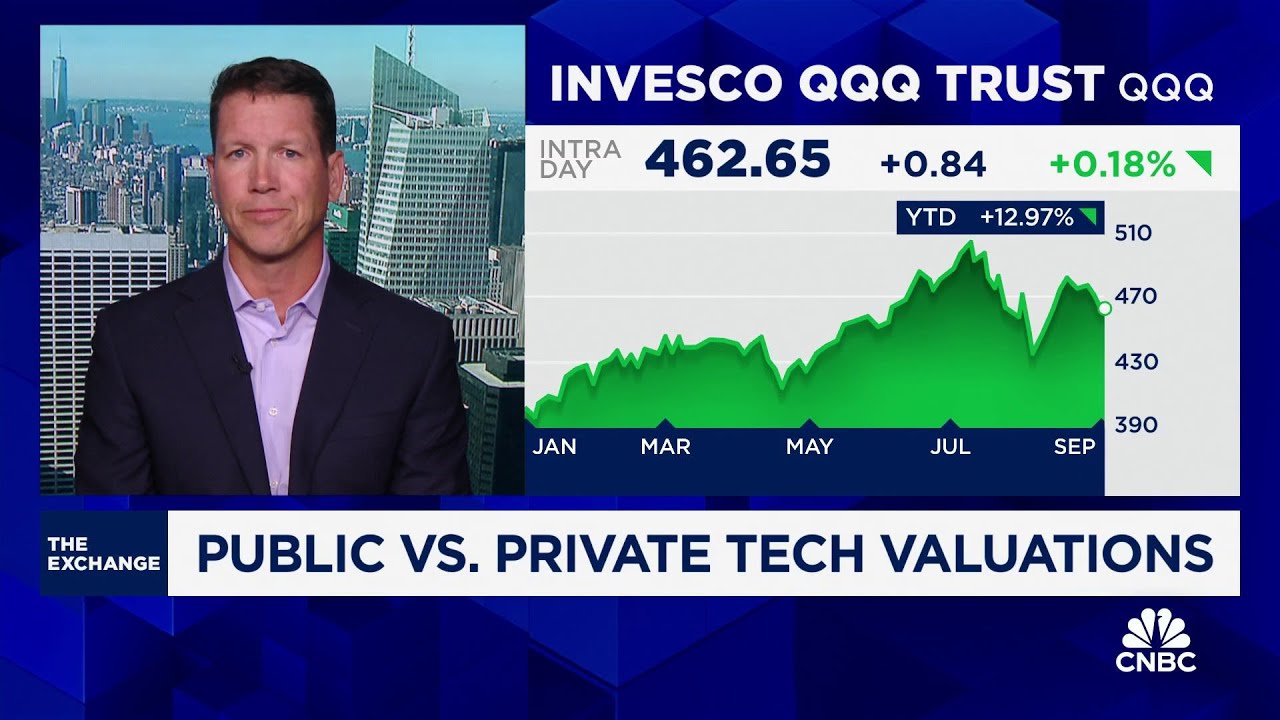The discussion focuses on the transformative impact of generative AI on small and medium-sized businesses (SMBs) and its implications for the stagnant IPO market, with experts noting that while AI is driving innovation and efficiency, the financial benefits have yet to be fully realized. Despite the potential for growth among private companies in the SMB sector, challenges such as valuation discrepancies between private and public markets hinder their ability to go public successfully.
The discussion centers around the impact of generative AI on small and medium-sized businesses (SMBs) and its implications for the IPO market. Deidre Bosa introduces the topic, highlighting that generative AI is driving innovation among top private companies that are enabling SMBs to operate more efficiently. The conversation aims to explore whether this technology is translating into increased profitability for these businesses.
Jeff Richards emphasizes the significance of small businesses in the U.S. economy, noting that they account for 40% of the GDP and have been responsible for 60% of job growth over the past decade. He mentions well-known companies like Anthropic and OpenAI, which are associated with the SMB economy. Richards expresses interest in lesser-known private companies that are poised for potential public offerings in the next three to five years, many of which are already generating substantial annual revenues.
Bosa raises the question of the current state of the IPO market, which has been largely stagnant for technology startups in recent years. Richards acknowledges that the market has been “shut,” with very few IPOs occurring in 2024 and a weak performance in 2023. He points out that several companies are waiting to go public, but challenges such as valuation discrepancies between private and public markets are hindering progress.
Richards explains that during a period of high capital influx, private company valuations soared, often reaching 20 to 30 times forward sales, while public market valuations remained much lower, around five to seven times. This gap creates a challenging environment for companies looking to transition to public markets. He notes that while there is excitement around AI, its financial benefits have yet to be fully realized in revenue figures.
In conclusion, the conversation highlights the potential of generative AI to transform SMBs and the broader implications for the IPO landscape. While there is optimism about the future of these private companies, significant hurdles remain in terms of market conditions and valuation alignment that need to be addressed for a successful return of IPOs in the tech sector.
